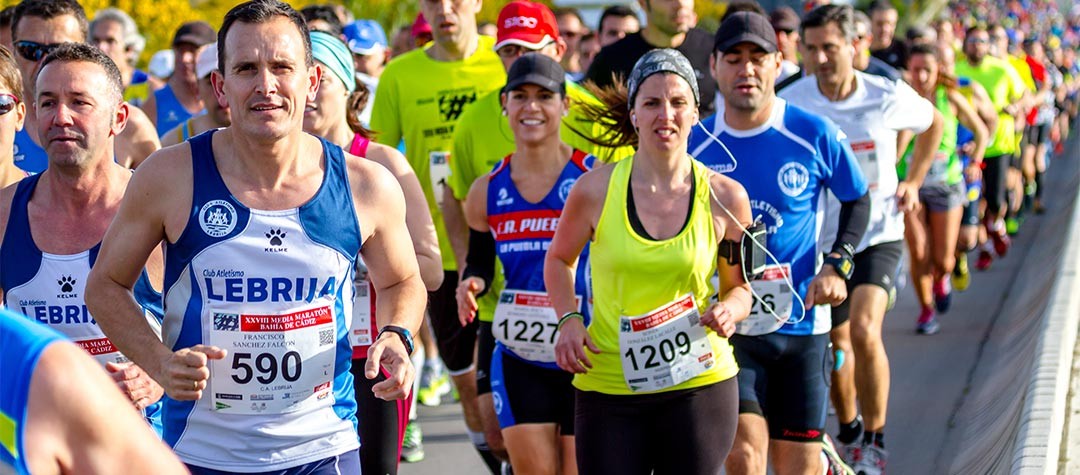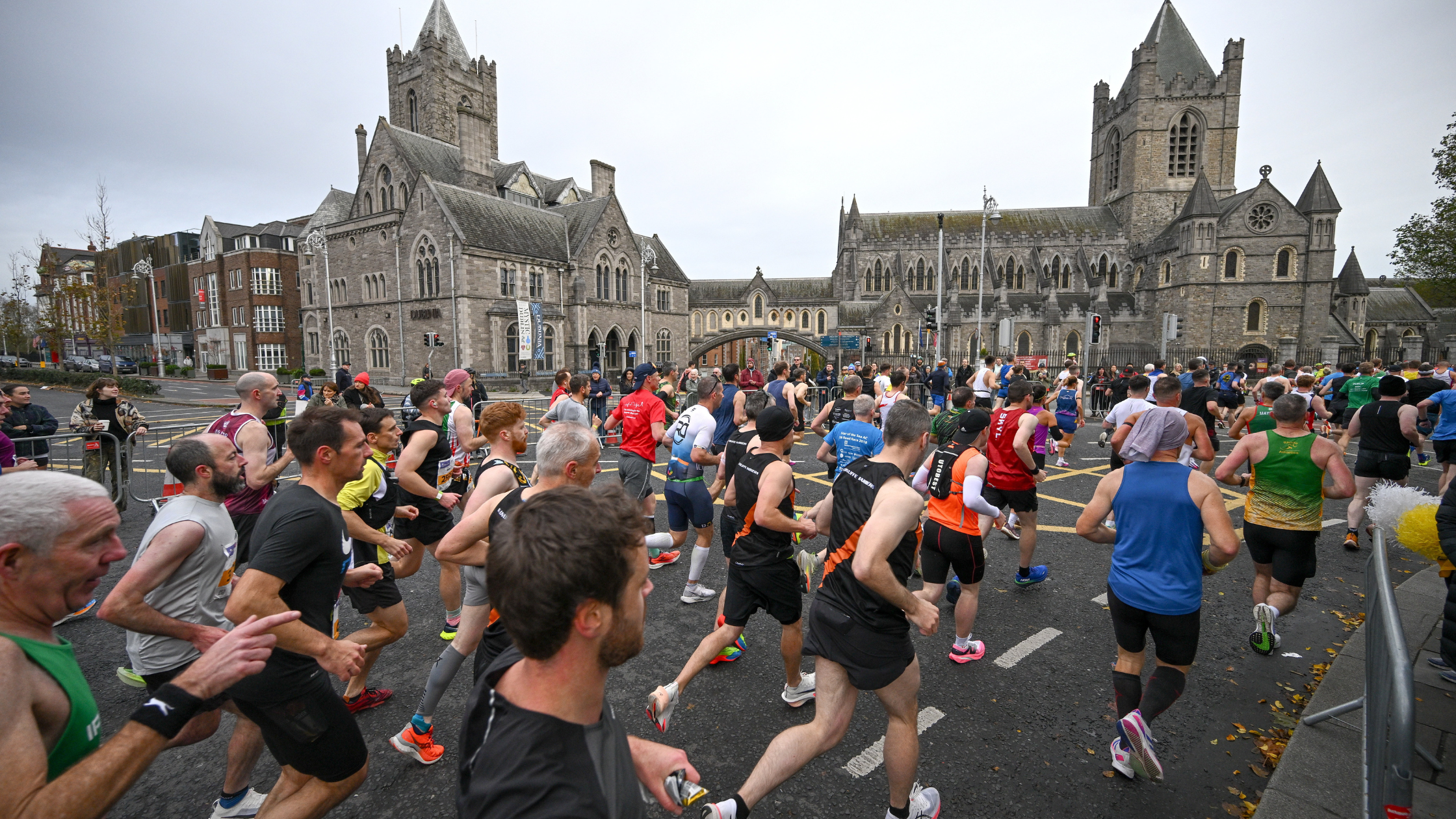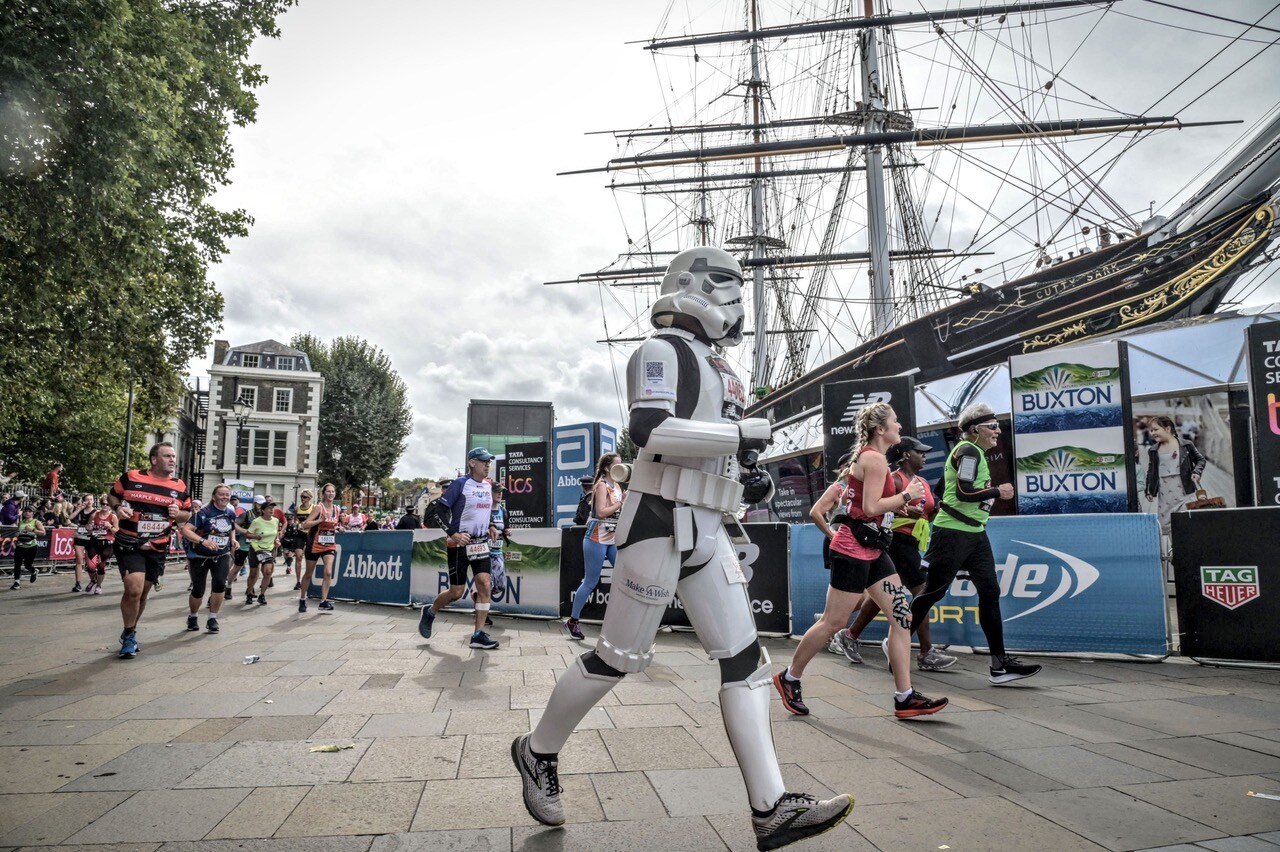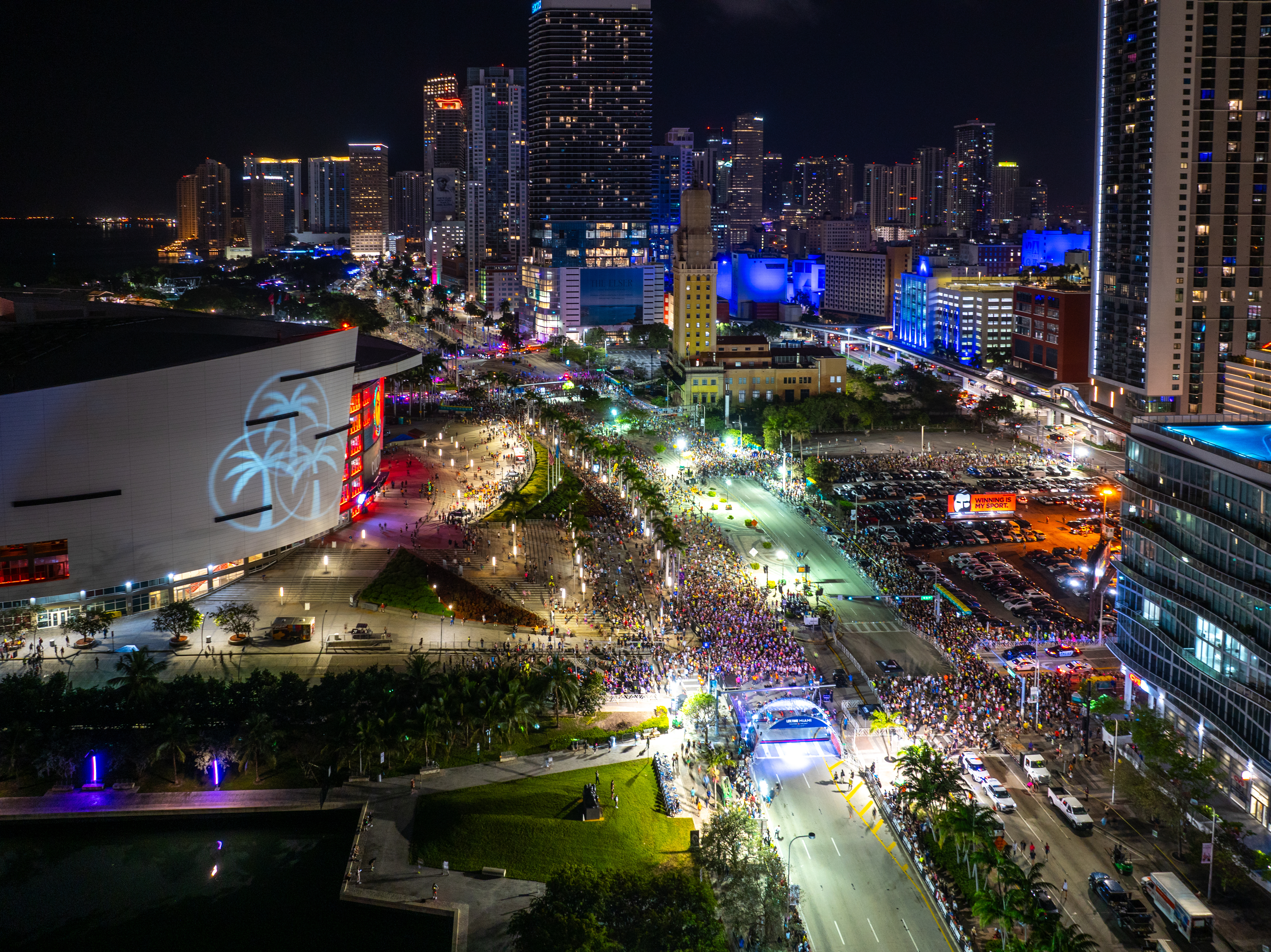Runners need to fuel correctly before a race, especially for an endurance event such as a marathon. With that in mind, here are some top tips to nail your carbo-load.
You’ve spent months pounding out the kilometres and miles, enduring blisters and putting your social life on hold; so don’t be one of countless runners who has sabotaged their race with an inappropriate carbo-loading strategy. Glycogen depletion is very real and can cost you minutes, leaving you trailing down the road — that is why carbo-loading is so very important.
So how do I carbo-load?
In the final 72 hours before your race, your focus should be on fully restocking your muscle and liver glycogen stores to ensure that you maximise carbohydrate availability to your working muscles. Your body can only store enough carbohydrate for around 90 minutes of moderate intensity exercise so it is vital that you start a longer distance race with maximal reserves of glycogen.
Your body can only store enough carbohydrate for around 90 minutes of moderate intensity exercise...
Your body makes up for any shortfall in energy by also relying on fat as an energy source. However, in order to burn fat, your body needs carbohydrates. Therefore without fully replenishing your glycogen stores and taking on additional carbohydrate during the race, you run the very real risk of hitting the wall.
The old ‘depletion phase’ approach to carbo-loading
The original carbo-loading strategy was introduced in the 1960’s and typically involved a 3-4 day ‘depletion phase’, involving 3-4 days of hard training plus a low carbohydrate diet to deplete the body of glycogen. This was then immediately followed by a ‘loading phase’ where the athlete drastically reduced their training and switched to a high carbohydrate diet.
It was thought that this produced a ‘super-compensation’ effect and after being depleted the body would then store more glycogen than it would have done otherwise. However, the ‘depletion stage’ often left runners exhausted and compromised their immune function at exactly the time when they wanted to be fighting fit.
The modern approach to carbo-loading
The modern approach to carbo-loading is to taper or reduce your training load and then to increase your carbohydrate intake in the three days leading up to the race. This ensures that your body’s glycogen levels are fully replenished and avoids the detrimental effects of the glycogen depletion stage.
The modern approach... is to taper or reduce your training load and then to increase your carbohydrate intake in the three days leading up to the race.
The current recommendations are to increase your carbohydrate intake to 8-10g per kilogram of bodyweight. Men should aim to be towards the higher end of the scale as they tend to be able to store more carbohydrate than women due to greater muscle mass. To meet your carbohydrate target it’s better to eat little and often rather than simply super-sizing your meals to the point that you feel bloated and uncomfortable.
Try to ensure that all of your meals and snacks in the final 72 hours before the race contain good quality carbohydrate. To do this you may need to reduce your overall protein and fat intake slightly. Sports drinks and compact sources of carbohydrate such as jam, honey, jelly and tinned fruit are a good option if you’re struggling to eat larger volumes of food. Avoid eating too many high fibre foods as this may cause stomach upset and you may find the food too bulky to consume.
Don’t forget to hydrate
It’s important to remember that glycogen storage requires additional water so be sure to hydrate properly during your carbo-loading phase. In fact your body stores around 3g of water for every gram of glycogen so it’s likely that you’ll gain around 1-2 kg in weight when carbo-loading.
For some runners this fear of weight gain prevents them from carbo-loading adequately but don’t worry, the additional mass is predominantly made up of the carbohydrate that you’ll need to power you on race day.
Picture credit: David Acosta Allely / Shutterstock.com















